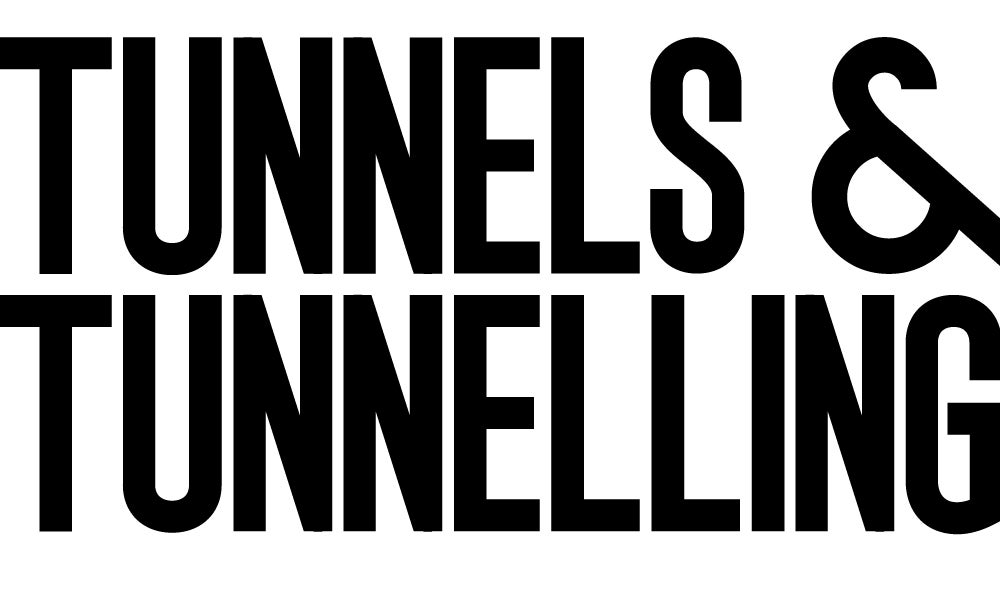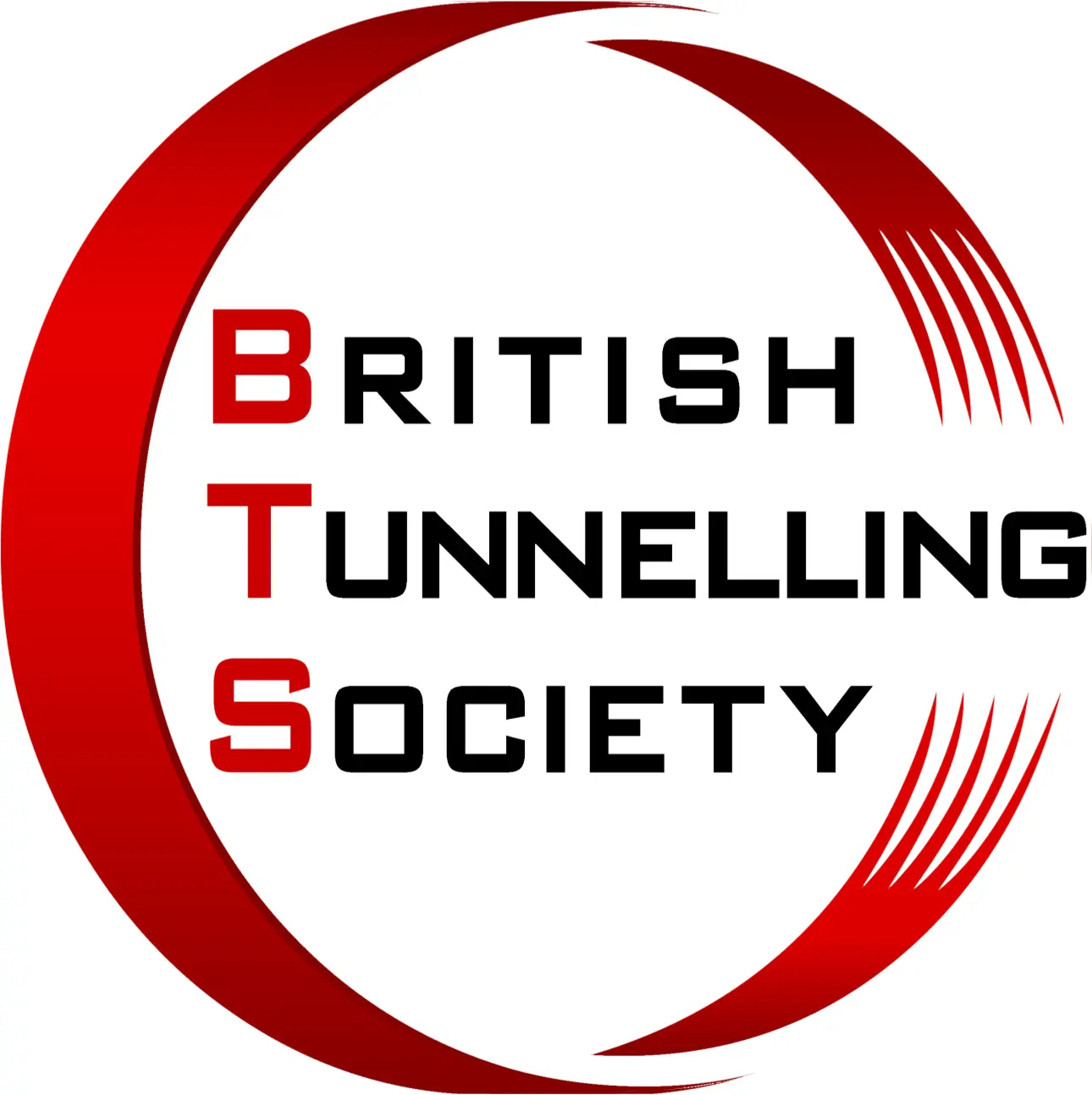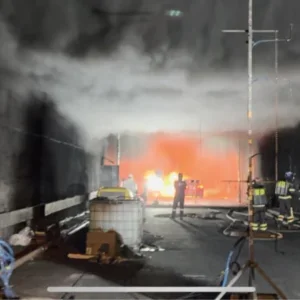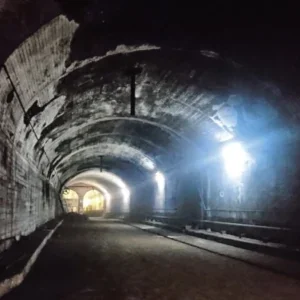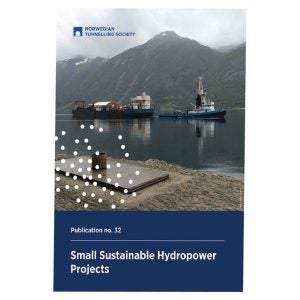The remote Highveld Plateau in South Africa is rich in coal, diamonds and other commodities. However, coal producers have for decades been forced to transport their haul to the distant port at Richards Bay, navigating a bottleneck consisting of a single-track tunnel constructed in the 1970s. Now, with commodity prices only just starting to look up after the crash of recent years, it might surprise readers to learn that the state-owned rail company Transnet looks to be getting ready to tender a second, dual-track tunnel alongside the original.
Global engineering and infrastructure advisory firm Aurecon was appointed by Transnet to conduct a feasibility study (FEL-3) as well as the detailed engineering (FEL-4) for the implementation phase. According to Aurecon’s Jack Muir, associate – tunnels, however, a closure event hitting the existing tunnel would have such severe economic consequences that it could make the project economically viable even before any benefits from capacity increase are taken into account. So, although the project is not fully approved for construction yet, Aurecon has worked through to FEL-4 on both a drill and blast version and a TBM version of the project that are ready to be put to tender. Transnet wants to have both options ready so that contractors can bid for one or both construction methodologies as they prefer. The tunnel length is 4km so it is in the grey area where either technique could be reasonably used. Design work began in 2014.
FIRST OVERVAAL TUNNEL
The existing, 4km-long, 5m-span tunnel is located in the Drakensburg Escarpment at approximately 1,600m above sea level. It opened in 1976. Driven by drill and blast through poor geology that took contractors by surprise, it encountered excessive water inflows, rock collapses, ground instability and, over the long term, deformation of the track slab from the heavy freight loads, and bowing of the sidewalls at some locations of the tunnel.
Geologically it is the Karoo Formation (sandstones and siltstones) which have been intruded by a massive dolerite sill, and so the tunnel was considered basically good drill and blast conditions. However, it turns out that conditions can be very wet and a large amount of the dolerite is a rapidly weathering variety that loses its strength and stiffness as soon as it is exposed to air. The tunnel is through one dolerite sill but there is a range of quality, with as much as 40 per cent of this rapidly weathering dolerite. Descriptions of the rock mass quality of the existing tunnel are included in a number of publications (see further reading box).
“In fact, Bieniawski used construction monitoring data [from this project] in his development of the RMR system,” says Muir. As a result of the variability in quality, there were claims on the original project, and based on a reasonable interpretation of the information contractors had at the start of the job, the actual conditions were a lot worse, according to Muir. He adds, “There is also a difficult brecciated area that they had significant problems with. But we are 40 years on from then, so one of our tasks has been to assess how far technology has progressed. For example, improvements in shotcrete application may cancel out some of the problems that arose from the speed of the weathering.” The tunnel records are in good condition and, being 40 years ago, it has been possible to benefit from the knowledge of the original engineers. Muir elaborates: “Investigations of historical records of the existing tunnel suggest that the tunnel was supported temporarily with rockbolts and mesh and in some locations, steel sets. Even in areas where tunnelling conditions were good, deterioration of the rock has been observed and wall bolting has been retrofitted through the permanent lining where the tunnel is deep, this has exasperated the groundwater ingress problem.”
Aurecon has carried out additional ground investigation works to supplement what was found constructing the older tunnel.
SECOND OVERVAAL TUNNEL
The new Overvaal Tunnel will be 4km long and around 12m in diameter (depending on construction methodology) and have a 3 per cent gradient, like the existing tunnel. It will be dual-track with walkways on both sides of the tunnel and a moveable physical barrier between the tracks to provide a safe working environment for maintenance on one track while the other is operational.
There will be eight cross passages, 5m in diameter and driven for 20m to link up with eight existing stub tunnels at 500m centres that are currently being used for equipment storage. The cross passages will be used to allow train operators to get from an incident to the non-incident tunnel, but will also likely be used for maintenance and storage. Material storage sites will be barrier-protected and the cross-passages will have fireproof doors.
Interestingly, the tunnel does not require a particularly arduous safety plan, or much related infrastructure, it is purely a freight tunnel and at most, will see a limited number of drivers inside at a time. All of the drivers will be able-bodied and welltrained therefore fire and life safety measures are not as rigorous as for instance on a metro project. What the tunnel does require is anti-theft provision throughout the design. Protection is required for cables and other valuable equipment that could encourage theft. Nothing is proposed to be exposed. This can be achieved, for example, by leaving box-outs in the formwork when casting the lining to contain electrical infrastructure.
The design (for the drill and blast version of the tunnel) calls for a temporary support structure to allow for the insitu casting of a permanent concrete lining. The new tunnel will use modern shotcrete, compared to the gunite used in the original. The rock classifications, along with the permanent lining design strategies can be seen in Table 2.
Where ground conditions allow, the lining was designed as unreinforced concrete with a kicker and permanent slab. Where the ground is poorer and convergence is expected, a curved invert has been specified – more capable of resisting higher ground pressures on the lining brought on by any degradation of passive ground support measures.
Access to the tunnel is reasonable, with both ends of the drive accessible. There are also three shafts for access built during the original job. Two have been backfilled and one is mostly open but has had a collapse and may provide an opportunity for early site access.
Additionally, finite element analysis of the existing tunnel is required, as it is for any vulnerable structures. The client also requires proposals for monitoring said structures during and for a relevant period after construction.
Other challenges will involve vibration measuring, safety concerns relating to the trains which will pass the site at approximately 20 minute intervals, the remote location making it difficult to get power supplies for a TBM. However, there is no shortage of labour as there is a reasonably populous town in the region.
DRAINAGE REQUIREMENT
On the drainage requirements, a drained permanent lining has been specified. It was suggested but not proven that pumping action below the track in the original tunnel may have contributed to settlement, so the effect of drainage on the dolerite needs to be considered carefully. Muir adds: “Some of the drainage systems in the existing tunnel were visually clogged and this may have caused ground water built up and cracking and distortion of the walls. A herring bone system along with a no fines concrete system underneath tunnel floor (CRCP) will create an extra redundancy with regards to the groundwater, thus preventing any potential pumping action below the CRCP.”
The groundwater drainage system within the tunnel needs to deal with separate types of water within the tunnel:
¦ Water from the upstream portal catchment needs to be isolated environmentally and drained to the downstream side of the tunnel
¦ Water collected on the intrados of the tunnel from trains and or groundwater leaks is expected to be mixed with coal dust – this drained to evaporation ponds at the downstream end
¦ Groundwater will be collected from the extrados of the lining and delivered though a system in the kicker with regular manholes – these manholes were design for ongoing maintenance to reduce the risk of clogging as experienced on the old tunnel
FINAL THOUGHTS
Muir reflects that there is not much civil tunnelling experience in recent South African history, except the relatively recent Gautrain project, but the country has a rich mining history which has largely been done by drill and blast. When asked if he thinks that drill and blast should be the chosen methodology, Muir replies: “That’s up to the market, it depends what the contractors would like to bid for and if it meets the client’s expectations.
“This is such an important project for South Africa, it secures a vital economic artery. It is rewarding to me – not just because my wife is South African – but because of its importance, and the history of the existing tunnel.”
